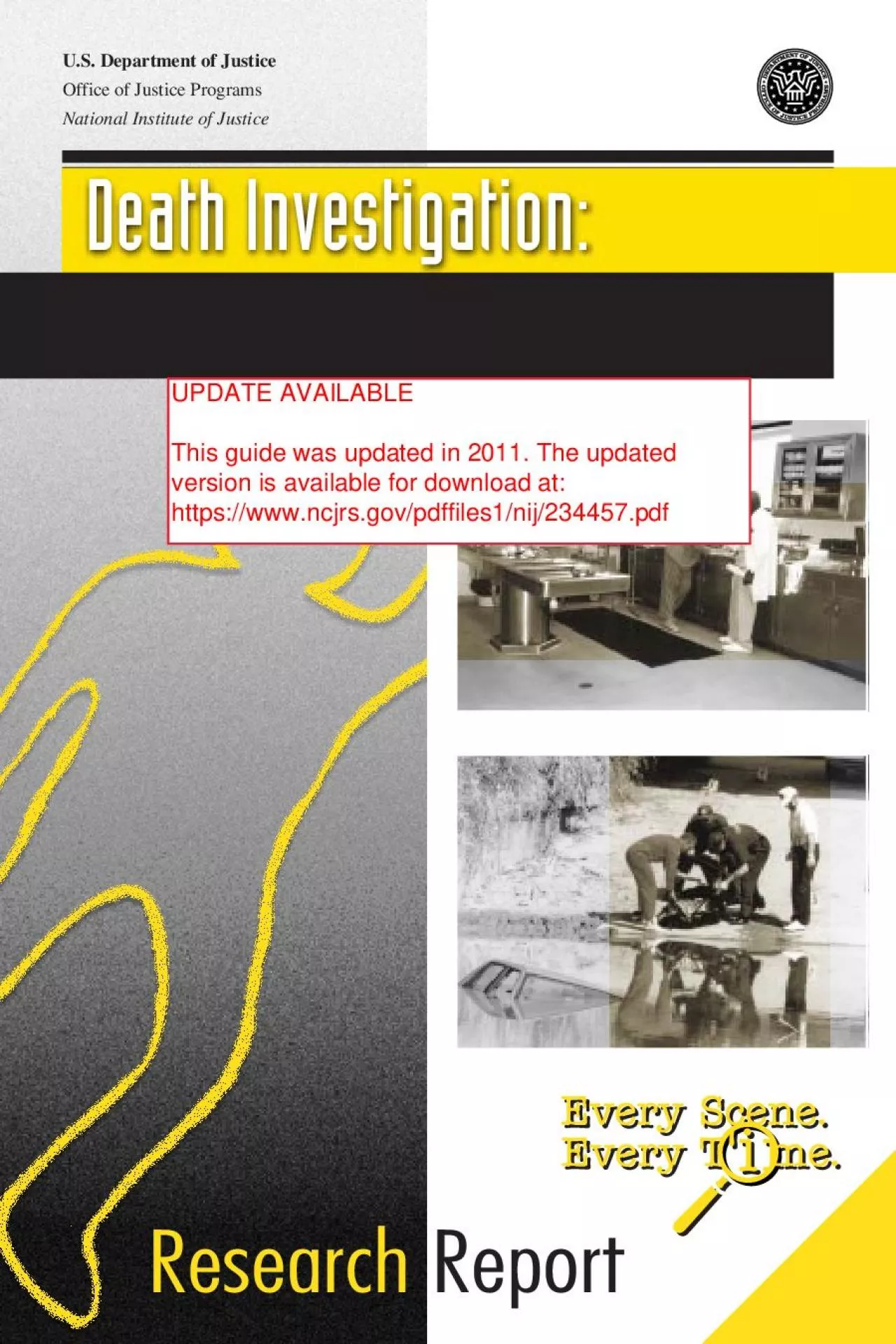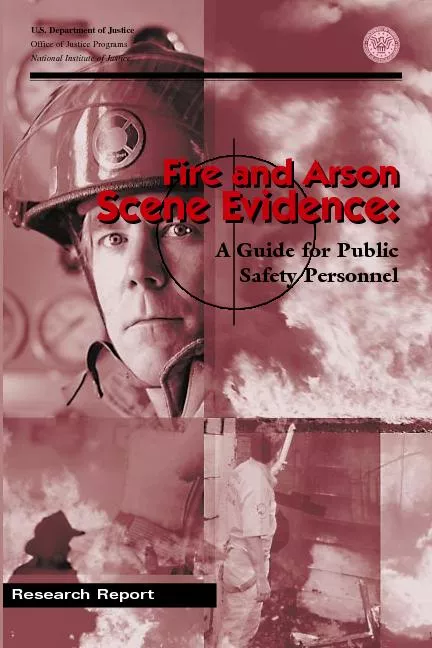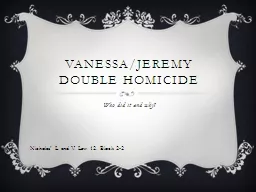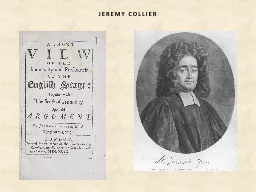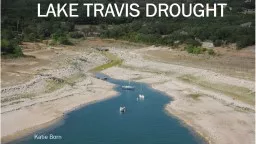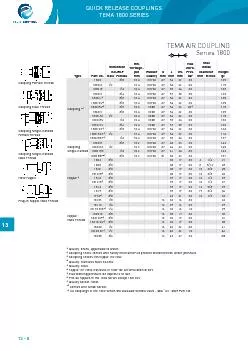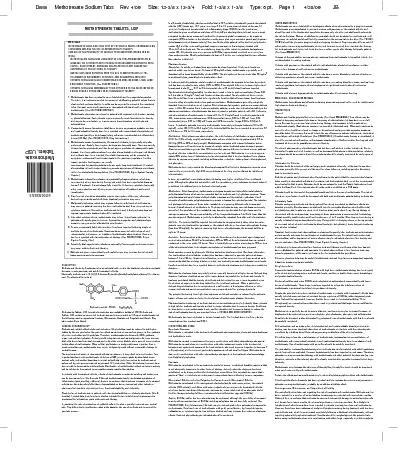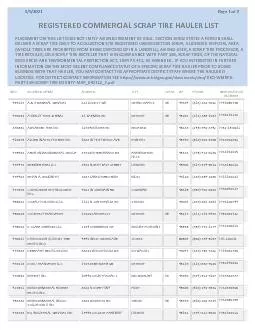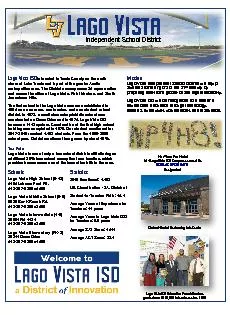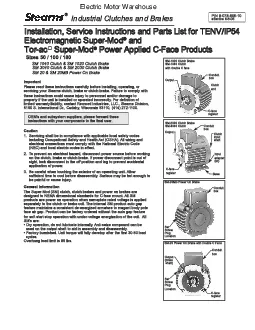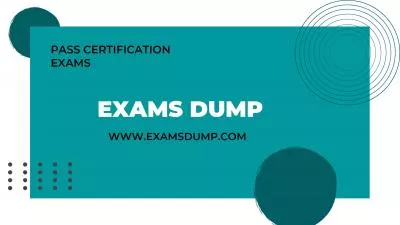PDF-810 Seventh Street NW Washington DC 20531 Jeremy Travis Director Natio
Author : singh | Published Date : 2021-09-29
for Death InvestigationNational GuidelinesA Guide for the Scene Investigator The title of this report formerly National Guidelines for Death0 US Department of Justice
Presentation Embed Code
Download Presentation
Download Presentation The PPT/PDF document "810 Seventh Street NW Washington DC 2053..." is the property of its rightful owner. Permission is granted to download and print the materials on this website for personal, non-commercial use only, and to display it on your personal computer provided you do not modify the materials and that you retain all copyright notices contained in the materials. By downloading content from our website, you accept the terms of this agreement.
810 Seventh Street NW Washington DC 20531 Jeremy Travis Director Natio: Transcript
Download Rules Of Document
"810 Seventh Street NW Washington DC 20531 Jeremy Travis Director Natio"The content belongs to its owner. You may download and print it for personal use, without modification, and keep all copyright notices. By downloading, you agree to these terms.
Related Documents

